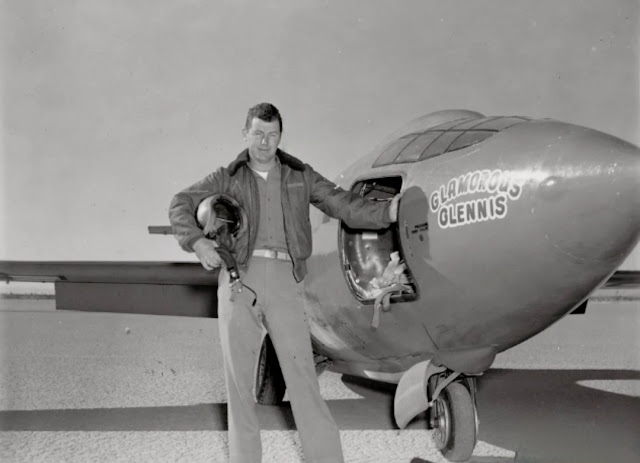© Mark Ollig
The 1920s. It started a new era referred to as the Roaring Twenties.
In addition to the popularity of new music and fashion, a growing interest in radio, sometimes identified as the “wireless telephone,” continued.
On Oct. 27, 1920, the Department of Commerce’s Bureau of Navigation issued the first U.S. commercial broadcasting license recognizing the call sign KDKA (amateur station 8ZZ) in Pittsburg, PA.
The Westinghouse Electric and Manufacturing Company radio station KDKA was authorized to transmit its signal with a power of 100 watts over a wavelength of 360 meters (832.8 kHz).
On Nov. 2, 1920, KDKA broadcast the results of the U.S. presidential election between Warren G. Harding and James M. Cox.
An estimated one thousand people in the surrounding Pittsburgh area listened to the radio broadcast.
KDKA’s election coverage is credited with generating public interest in using radio as a reliable source for receiving the news.
On April 12, 1921, the Pittsburgh Post newspaper reported, “Wireless Journalism Take Boxing Fans to the Ringside.”
The previous day, Pittsburgh Post sports editor Florent Gibson, inside the Motor Square Garden in Pittsburgh, announced a boxing contest from ringside over the telephone to KDKA, which broadcast the event live.
According to the newspaper, 40,000 radio listeners heard Gibson’s description of the boxing match.
Within three months, “wireless journalism” would broadcast a championship boxing match to 350,000 radio listeners in 61 cities.
On July 2, 1921, Jack Dempsey, the world heavyweight boxing champion, fought the world light-heavyweight boxing champion Georges Carpentier at Boyle’s Thirty Acres stadium in Jersey City, NJ.
The contest promoters arranged to broadcast the boxing match over the radio with Julius Hopp, an event organizer with New York’s Madison Square Garden, with the condition that all radio transmitting equipment be kept off the stadium grounds.
In New York, Hopp met with Major Andrew J. White, president of the National Amateur Radio Society.
White, an amateur radio broadcaster and former boxer, earned the title of major while serving during World War One.
Throughout his life, people continued to address him as “Major.”
He agreed to help Hopp with the broadcast and radio transmission facilities.
Major Andrew J. White and Julius Hopp arranged to work with David Sarnoff, who, since 1919, had been in charge of the Radio Corporation of America (RCA).
RCA obtained a special license from the U.S. government for a temporary radio station using the call sign WJY, which was authorized to broadcast the boxing contest.
Franklin D. Roosevelt, then Secretary of the Navy (and future U.S. president), agreed to borrow a Navy 3.5-kilowatt radio transmitter to RCA.
RCA had the Navy radio transmitter shipped to Hoboken, NJ.
J. Owen Smith, an RCA radio engineer, installed the transmitter in a radio shack next to Lackawanna and Western Railways Hoboken station terminal, 2.1 miles from Boyle’s Thirty Acres stadium.
Smith wired the transmitter’s audio output to a nearby 450-foot tall transmission tower used to broadcast the boxing match on the U.S. Navy’s long-wave radio spectrum of 1,600 meters (187.37 kHz), which the good folks of the Navy temporarily agreed not to use.
On June 26, 1921, the Pittsburg Gazette-Times newspaper printed an article saying KDKA would relay the broadcast of the Dempsey-Carpentier boxing contest.
Newspapers wrote about the upcoming July 2 radio broadcast of the championship boxing contest, generating much public interest.
Radio receivers with external loudspeakers were installed in theaters, schools, fire stations, and assembly halls for people to hear the boxing match.
Not long before July 2, an unforeseen problem arose.
American Telephone and Telegraph (AT&T) refused RCA’s request to install a dedicated telephone line from the ringside broadcast location at Boyle’s Thirty Acres stadium to the RCA (Navy) radio transmitter inside the radio shack at the Lackawanna and Western Railways Hoboken station.
AT&T and RCA were adversaries battling for recognition and dominance of the national radio market at the time.
Did AT&T believe RCA would jump ahead of them by broadcasting a championship boxing match many compared with the famous July 4, 1910 “Fight of the Century” contest between heavyweight champion Jack Johnson and former champion James J. Jeffries?
Yes, according to those in the radio industry.
To work around the AT&T obstacle, Major Andrew J. White would telephone the broadcast not directly to the Navy transmitter station but to a Western Union telegraph office in Hoboken, NJ, where they hired a high-speed telegrapher.
As White described the boxing contest, his words would be typed by the telegrapher and transmitted over the Western Union network to the Hoboken Lackawanna and Western Railways railroad station, where J. Owen Smith and the Navy radio transmitter were.
Smith would read the Western Union messages containing White’s words into a microphone broadcasting to 112 radio receiving stations retransmitting the audio to its radio listeners.
Radio listeners heard J. Owen Smith’s voice repeating Major Andrew J. White’s words from ringside.
They also heard a bell gong signaling the start and end of each round. And yes, the steel trip gong (boxing bell) next to the radio microphone was being rung by J. Owen Smith.
It was pretty sneaky if you ask me; however, it did work.
The Dempsey-Carpentier boxing match began Saturday, July 2, 1921, at 3 p.m.
Sitting near ringside, Major Andrew J. White, speaking into a telephone connected to the Western Union Telegraph office, called the action of the boxing match, which Dempsey won with a fourth-round knockout of Carpentier.
Be sure to read next week’s column, “Minnesota welcomes the radio revolution.”
Major J. Andrew White announcing Dempsey-Carpentier boxing
match over the telephone at ringside for station WJY
(July 2, 1921)
(July 2, 1921)






